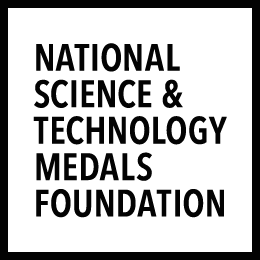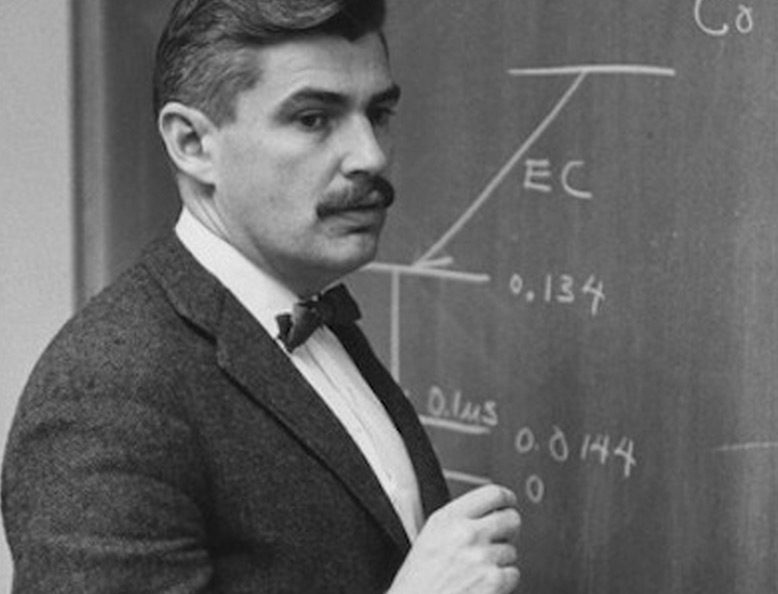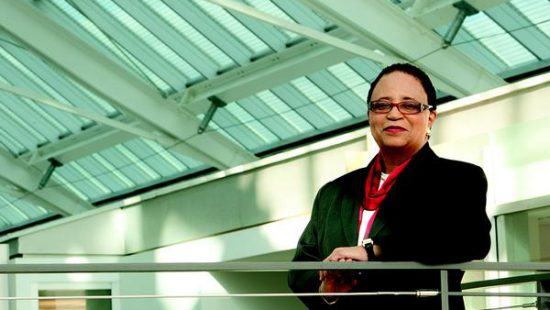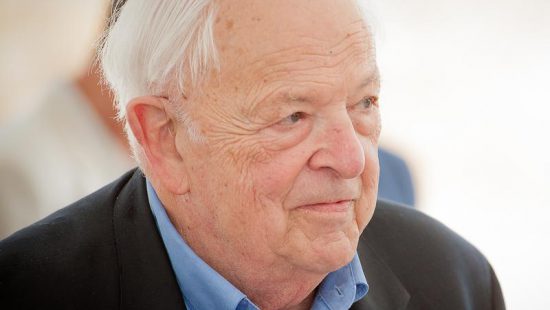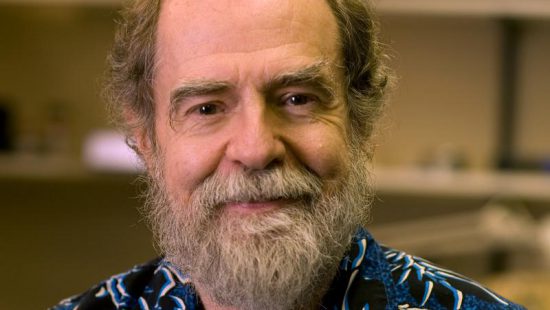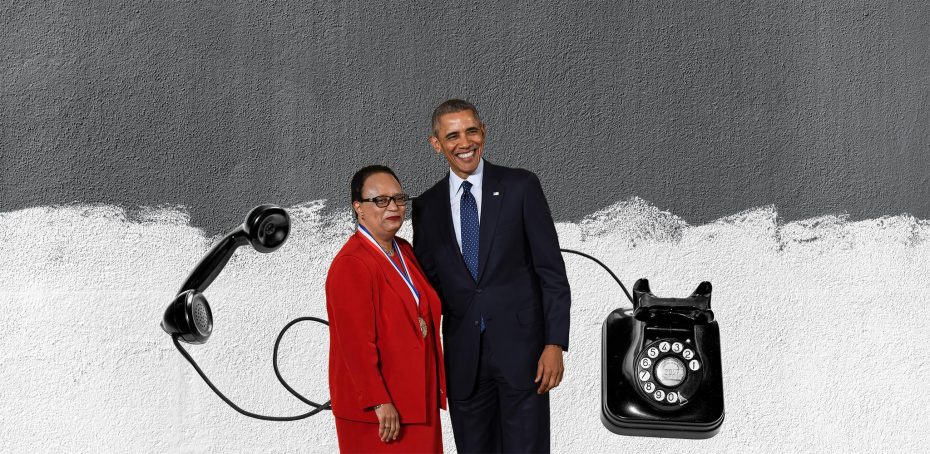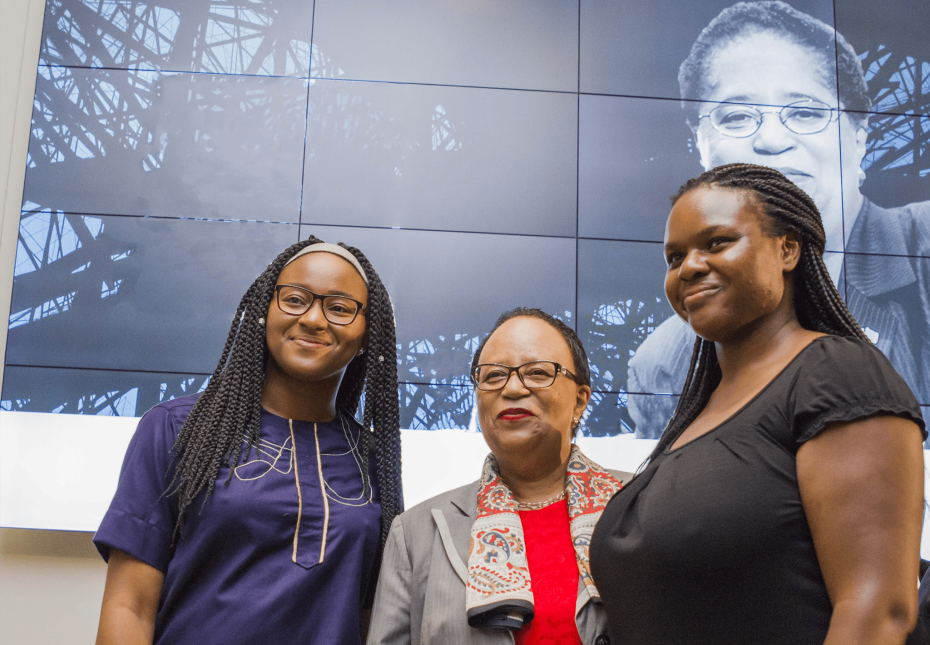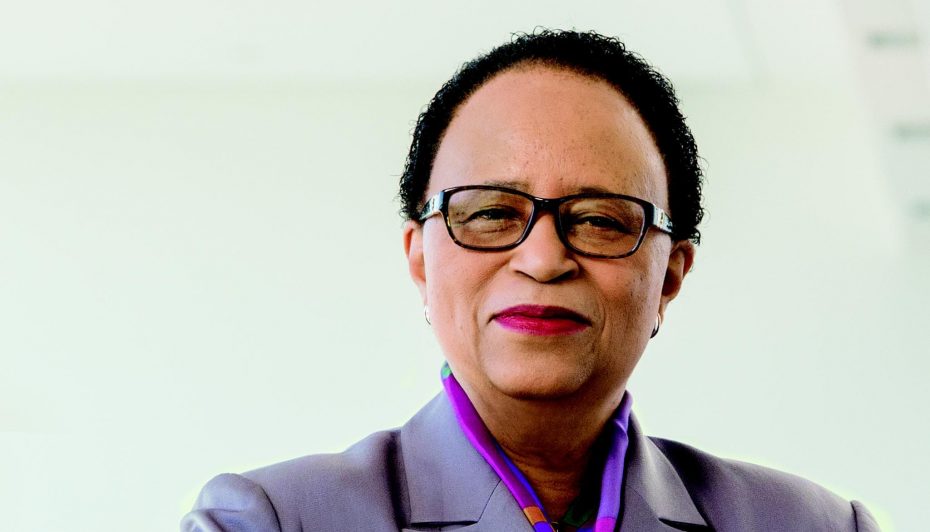Physicist Robert Pound’s love of science and technology began at an early age. As a child growing up in the 1920s and 30s, Pound built his own radios. When he got older, he installed a telegraph key in his car so he could tap out Morse code messages using the horn.
After his first semester of physics in high school, Pound convinced his teacher to let him take the final exam. He received a 99 and skipped the second semester.
In 1959, while teaching physics at Harvard University, Pound and one of his students, Glen Rebka, designed an experiment which determined that gravity can change the frequency of light, proving what renowned physicist Albert Einstein had theorized decades earlier.
Pound was also a member of the team of Harvard scientists who discovered nuclear magnetic resonance, which is now used in magnetic resonance imaging or MRI, to take high-resolution images inside the body.
By Rachel Warren
